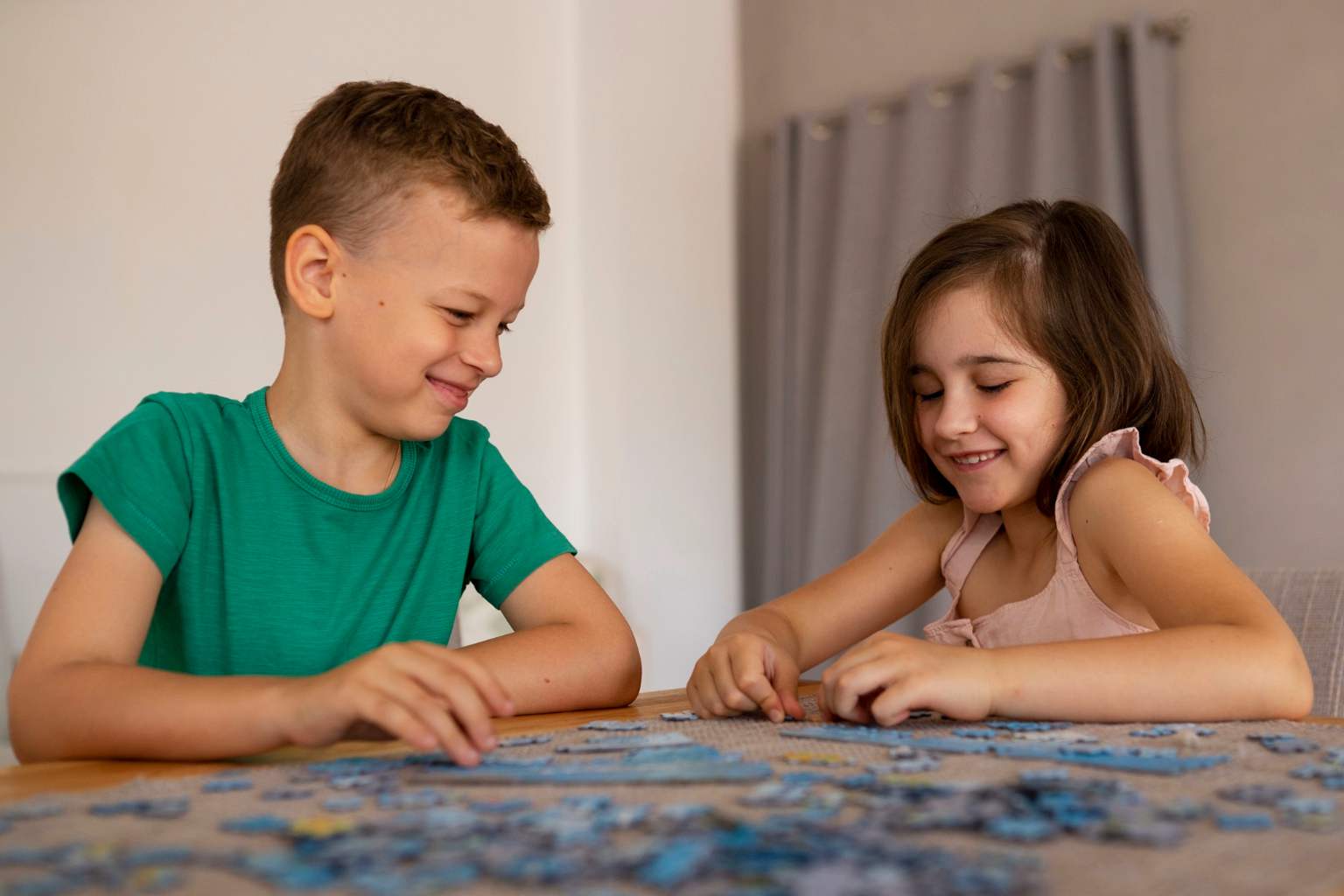Forget what you think about the smartest kids being into sports or video games. A growing number of experts, including child psychologists, are shedding light on a surprising truth: children who regularly engage in creative activities like painting, drawing, and sculpting often develop sharper cognitive skills and emotional resilience. Could it be that art, not athletics or technology, holds the key to nurturing some of the most brilliant young minds?
This insight comes from the work of Dr. Laura Markham, a child psychologist at Columbia University, who highlights how artistic expression strengthens neural pathways linked to critical thinking, emotional regulation, and imaginative exploration. It’s not just about creating pretty pictures—it’s about cultivating a mental edge that lasts a lifetime.
How creative play shapes smarter kids
Art is a powerful form of communication for children, especially those who may not yet have the words to express complex feelings. Through scribbles, colors, and shapes, kids tell stories about their experiences and emotions. For example, a preschooler’s wild, stormy painting might be their way of expressing anxiety about a new school year. A clay sculpture that looks uneven or abstract could represent how they feel about their family dynamics or self-image.
Art activates parts of the brain that aren’t typically engaged in verbal communication, giving children uncommon access to processing their inner world. This kind of creative engagement helps build problem-solving skills and emotional resilience, two qualities linked with high achievement later in life.
Interestingly, many children tend to drift away from creative activities by age 7 or 8. This often happens because they start worrying if their art looks “right” or if their peers’ creations are better. This urge to compare and self-criticize can stifle creative confidence.
Dr. Markham advises shifting the focus from the finished product to the process itself. Instead of saying, “Great job, that dog looks perfect,” parents and educators can say, “I love how you used purple for the grass—it feels magical.” This encourages children to value unique choices and personal expression rather than just accuracy.
Keeping art supplies accessible and inviting—whether it’s sketchpads, colored pencils, cardboard, or washable paints—helps maintain a low-pressure, spontaneous creative environment. As kids grow, they naturally explore new artistic mediums such as digital art, photography, or crafting, which continue to exercise their creativity and critical thinking skills.
Why art matters beyond just the paint and clay
Creative activities teach children valuable lessons beyond the canvas. A child experimenting with colors learns about cause and effect—mixing yellow and blue to get green, for example. When building a cardboard castle or sculpting a figure, kids develop spatial awareness and planning skills. These cognitive muscles translate into improved decision-making, adaptability, and innovative thinking, qualities that matter in school and beyond.
Art also offers a safe space for children to tackle difficult emotions, from frustration to joy. Because it engages both sides of the brain, art strengthens neural connections that improve memory, attention span, and even math skills. It’s a full workout for the mind.
I can personally attest to this. Watching my niece dive into her art projects with fearless enthusiasm, I noticed how her confidence blossomed when she no longer feared “messing up.” She wasn’t striving for perfection but enjoying discovery—and the positive impact was clear both in her academic work and social life.
How to nurture a lifelong love of art in children
You don’t need to be an art expert to help your child develop these skills. It’s more about creating an encouraging atmosphere and sparking curiosity. Here are a few practical tips:
1. Make art accessible at home by keeping supplies within easy reach for spontaneous creativity.
2. Celebrate effort and imagination, not just realistic outcomes.
3. Introduce a variety of mediums over time—watercolors, clay, collage, digital tools—to keep interest alive.
4. Connect art to everyday experiences: draw favorite animals, paint the garden, or make holiday crafts.
5. Share your own creative experiments—even if you’re just doodling or coloring—to model the joy of creating.
6. Encourage group projects where children can collaborate and share ideas, building confidence and social skills.
By weaving art into daily routines, parents and caregivers can light a spark that supports children’s growth in many meaningful ways.
Why this matters today
In today’s fast-paced, screen-saturated world, it’s easy for kids to default to digital entertainment or structured sports schedules. But stepping back and carving out time for creativity can unlock hidden talents and build emotional strength that no app or game can match.
Seeing art as a vital part of development helps us rethink how we nurture young minds. It’s not just a pastime but a crucial tool for equipping children with the mental agility and empathy they’ll need as adults.
What’s your take? Have you noticed how artistic activities have impacted kids you know? Share your stories or tips on encouraging creativity in the comments below. Let’s celebrate and spread the power of art for kids everywhere!
